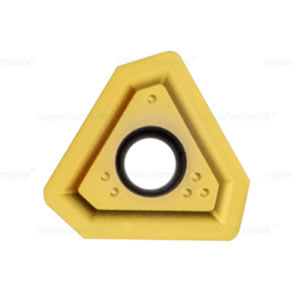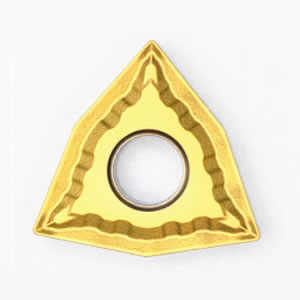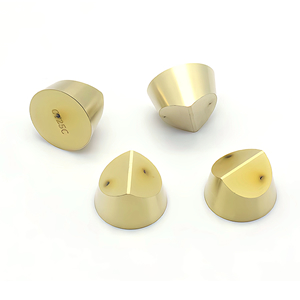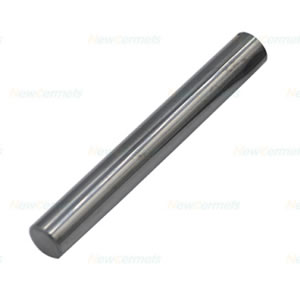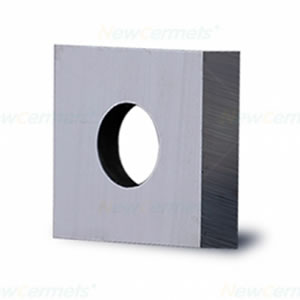How to choose a milling cutter and use points
The right choice of milling cutter:
In order to choose an economical and efficient milling cutter, the most appropriate milling cutter should be selected according to the shape of the material to be cut, machining accuracy, etc. Therefore, important factors such as the diameter of the milling cutter, the number of edges, the length of the edge, the helix angle, and the material must be considered.
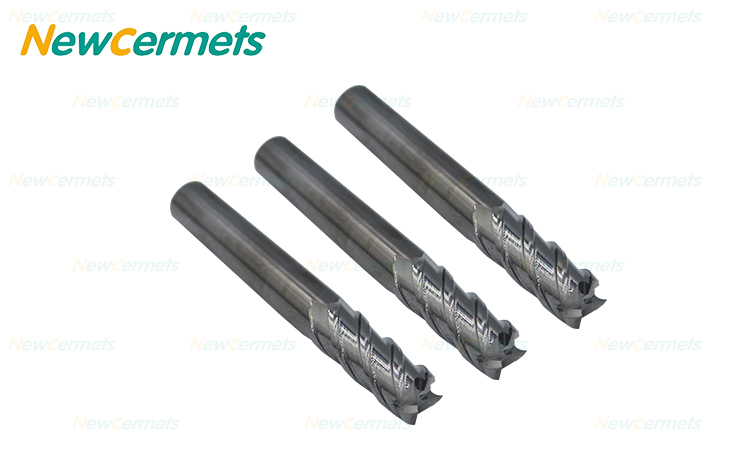
Tool material:
When cutting steel, non-ferrous, and cast iron materials of general structure, high-speed steel (equivalent to SKH59) milling cutters containing 8% cobalt should be used, which can exert better performance.
For more efficient and longer-lasting machining, coated milling cutters, powder HSS milling cutters, and carbide milling cutters can be selected.
Number of flutes: an important factor affecting the performance of milling cutters.
Double-edged knife: The chip groove is large, so it is convenient for the discharge of iron chips, but the cross-sectional area of the tool is small, which reduces the rigidity, so it is mostly used for groove cutting.
Quadruple cutting edge: The chip pocket is small, the discharge capacity of iron chips is low, but the cross-sectional area of the tool is narrow, so the increased rigidity is mostly used for side cutting.
Blade length:
When machining, if the length of the cutting edge is reduced, the service life of the tool can be extended.
The protruding length of the milling cutter directly affects the rigidity of the milling cutter, so care should be taken not to process it too long.
Helix angle:
• Small helix angle (15 degrees): suitable for keyway milling cutters
• Medium helix angle (30 degrees): widely used
• Large helix angle (50 degrees): high helix angle cutters for special applications
Maintenance of used equipment and tools
Vibration is minimised and it is rigid enough to perform at its full potential with a well-maintained tool.

